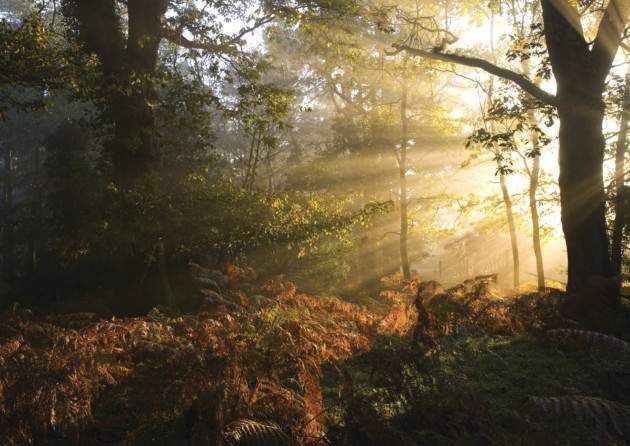
Clive Aslet remembers Thatcher and the First World War on an architectural foray to Grantham with the Woodland Trust
The last time I went to Grantham in Lincolnshire it was to see 1-3 North Parade. That was where Margaret Thatcher spent her childhood, helping her father Alderman Roberts in his greengrocer’s shop. It’s the equivalent of Abraham Lincoln’s log cabin – part of the Tory leader’s myth. In those days there was not so much as a plaque to indicate its significance in the Thatcher narrative. In other countries it might have become a shrine, or possibly theme park. The reason that I went back to the town a few days ago had nothing to do with Tory history: I was visiting the Woodland Trust, which has its home there.
The Woodland Trust is an amazing charity, founded 40 years ago (though long after Lady T’s Grantham years). It now occupies an exceptionally elegant new building, clad in oak, as befits a body dedicated to the celebration of trees; and employs 200 staff. One of its recent achievements is to have acquired four sites – one each in England, Scotland, Wales and Northern Ireland – on which to plant woods. The idea is to commemorate the century of the First World War, which is appropriate when an immense quantity of wood was required for the trenches, tunnels, pits and huts built during the conflict.
The English site is at Langley Vale, outside Epsom in Surrey. It couldn’t have been better chosen. Not only is there some ancient woodland here but a gas school to train soldiers for the trenches. They used woodsmoke to imitate the action of gas, with a flag to show which way the wind blew; the flagpole still, a little unsteadily, stands. When I was there last summer, four First World War biplanes gave a flypast, the silken winged machines looking as fragile as moths in light wind. Six hundred and forty acres will be planted with beech, rowan, hawthorn and oak. Visitors will be encouraged – and where there are visitors, there must be a visitors centre. Hence my visit to Grantham. I’m one of a panel judging the RIBA architectural competition that will choose the design.
I can’t reveal our deliberations beyond saying that my colleagues had already whittled down an entry of 250 to a long shortlist of twenty. To reduce these twenty to a final shortlist of three was tough. They were all of remarkable quality. Architects do this. Such is their professional madness – a simple, uncosted love, I suspect, of their metier – that they’ll spend hours of careful thought, research, design and presentation for a project (small in this case) that only has a one in 250 chance of success. What would the sainted Margaret have made of it? She wasn’t a great one for architecture (although 10 Downing Street was well cared for during her tenure). But she would have liked the competitive spirit.






